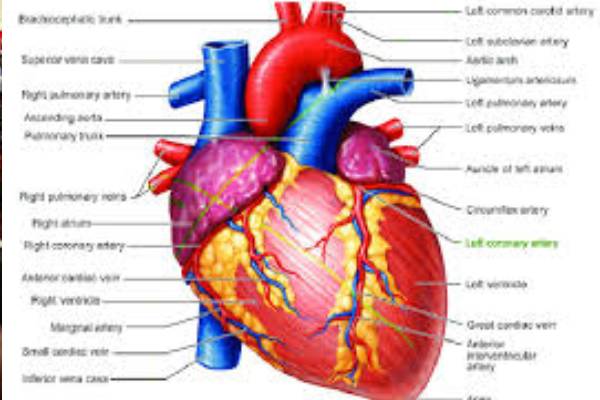The human heart a fist-sized muscular powerhouse is one of the most enduring and vital organs in the body. Beating approximately 100,000 times each day, it circulates nearly 2,000 gallons (7,500 litres) of blood through an intricate network of vessels that, astonishingly, span around 60,000 miles in total length.
According to medical experts, the average adult heart rate ranges from 60 to 100 beats per minute, translating to about 35 million beats per year.
Over a typical lifetime of 70 to 80 years, this adds up to an incredible 2.5 to 3 billion heartbeats.
Each heartbeat sends blood surging through arteries, veins, and capillaries — travelling nearly 12,000 miles (about 19,000 kilometres) daily, a distance equivalent to half the Earth’s circumference. The heart’s ability to maintain this level of activity consistently over decades reflects its extraordinary design and resilience.
Institutions such as Harvard Medical School, the American Heart Association, and the Texas Heart Institute confirm these figures and emphasise the scale and significance of the heart’s workload.
Yet, this life-sustaining organ remains vulnerable. Cardiovascular disease is the leading cause of death worldwide, often driven by preventable factors such as poor diet, physical inactivity, obesity, smoking, and unmanaged stress.
Health professionals urge people to adopt heart-healthy habits, including regular exercise, a balanced diet, and routine medical check-ups. By making conscious lifestyle choices, individuals can reduce their risk of heart-related illness and support this tireless organ in its lifelong mission.
More than just the symbolic seat of emotion, the heart is a biological marvel — quietly working around the clock to keep us alive. Its ability to beat over 100,000 times a day and push blood through thousands of miles of vessels is a testament to nature’s engineering at its finest.





